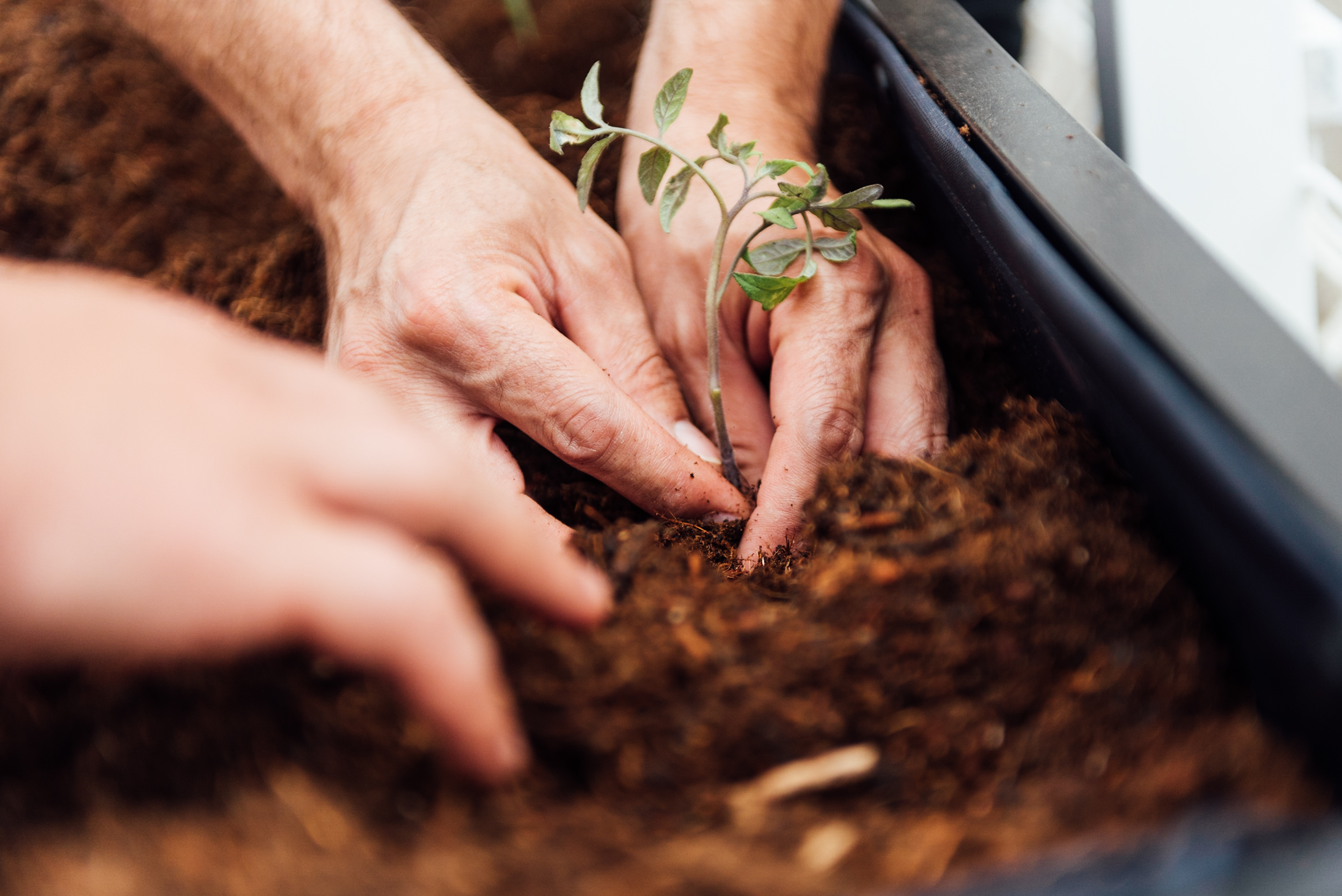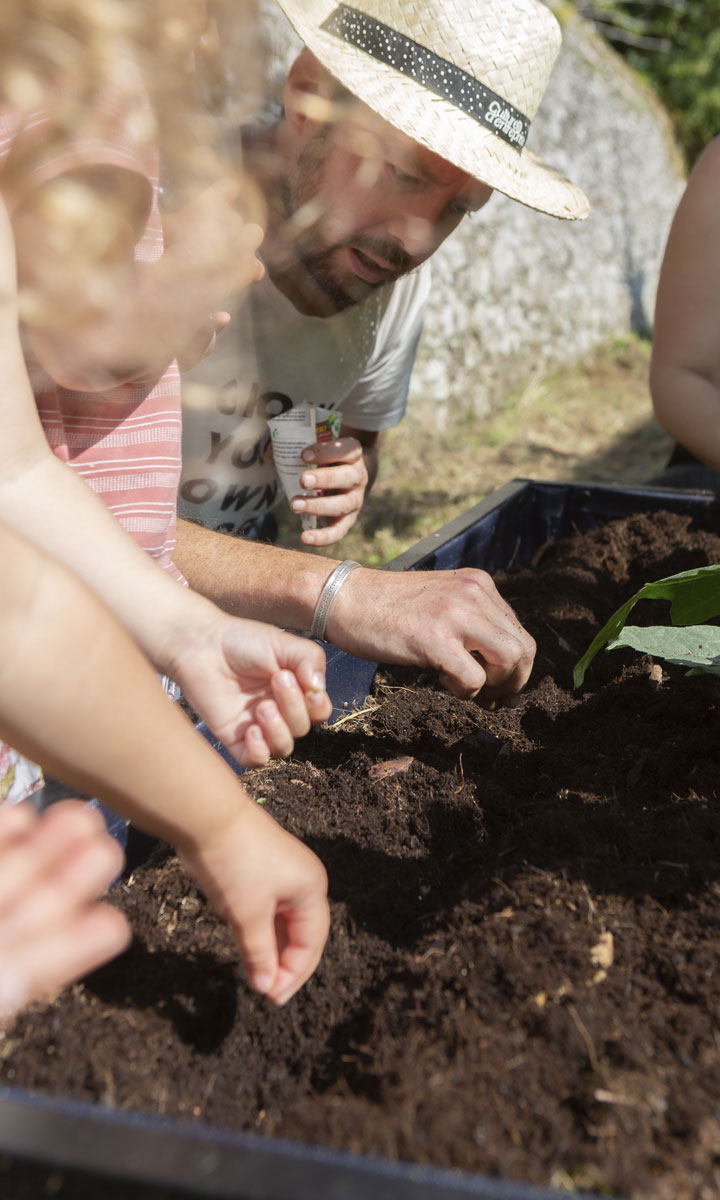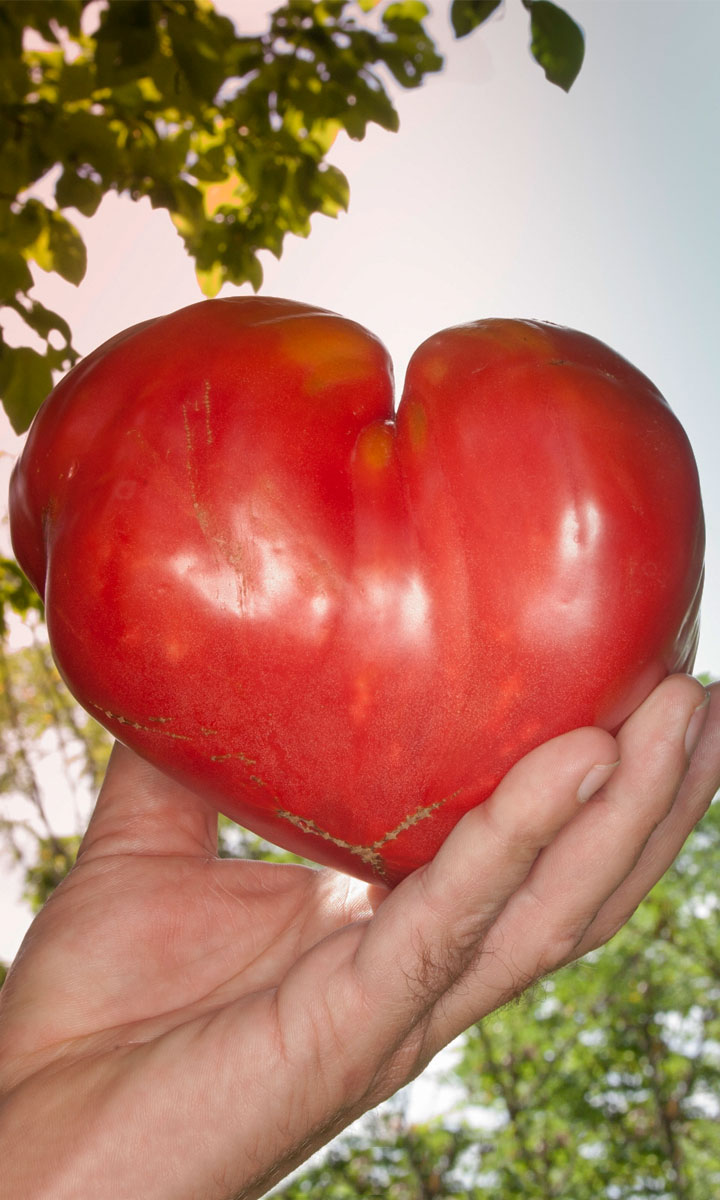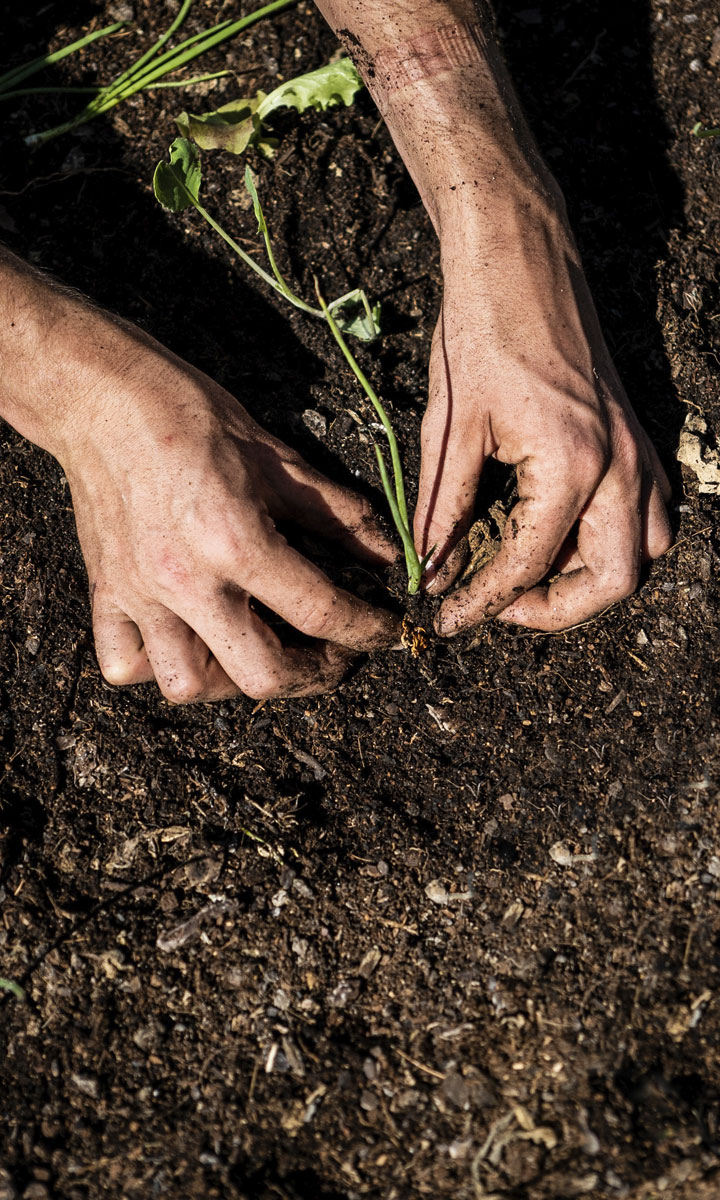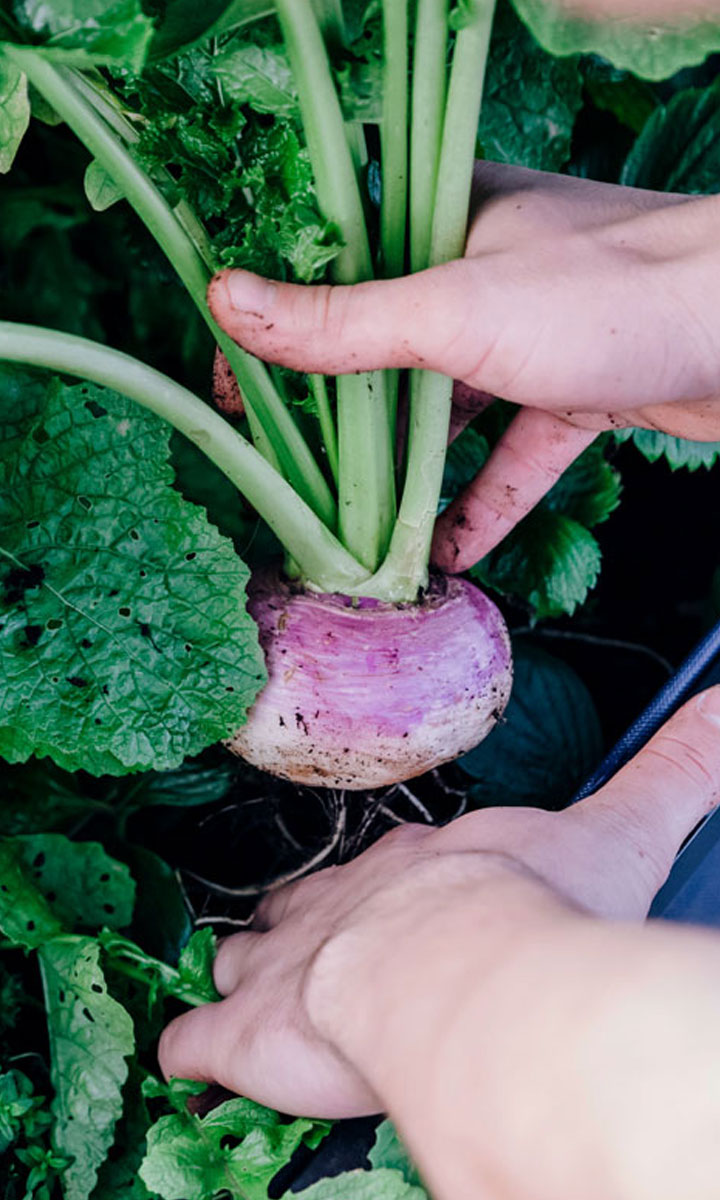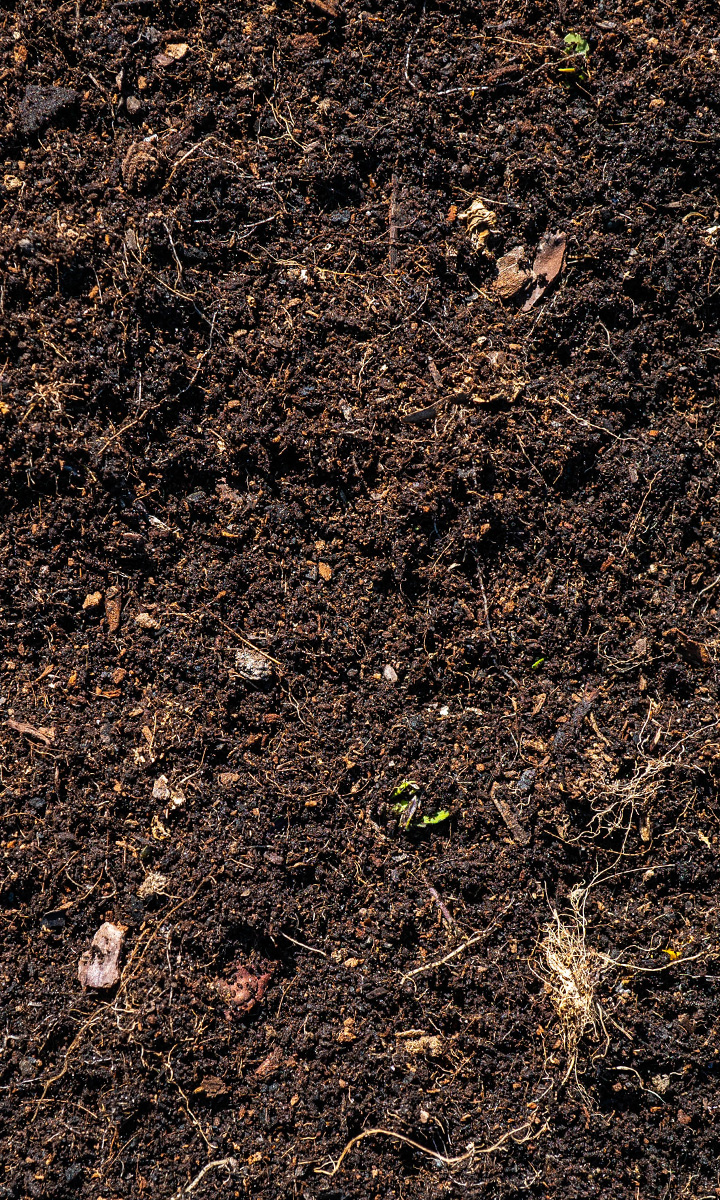Aromatic herbs that love the summertime.

Henrique Dias
During the summer months of heat waves and holidays, maintaining your vegetable garden can be an issue, especially for those who can’t rely on the autonomy and safety of a sub-irrigation system like Noocity’s. However, there are some plants that suffer less from extreme heat than others, perhaps because they share the same Mediterranean origins. Here are four aromatic herbs that love the summer heat!
Basil, the king of aromatic herbs.
With its quintessential summer scent and flavour, basil is the king of aromatic herbs! Its scientific name, Ocimum basilicum, comes from the Latin form of the Greek word basileus, meaning King or Emperor. A natural sunbather, basil needs 5 to 6 hours of full sun per day, ideally on a porch, balcony or very close to a window. It likes to be watered regularly, within reason, without oversaturating the soil. Beautiful and fragrant from early summer until mid-fall, basil’s flower buds and leaves can be cut regularly, making the plant sturdier and maintaining the strongest flavour. However, this aromatic herb is not perennial, so most varieties of basil need to be replanted each year.
Rosemary, an ally against parasites.
With its silver leaves and purple or white flower, which usually appears between May and October and attracts butterflies, rosemary is an aromatic herb that is relatively easy to grow. Originally from the Mediterranean, it also likes to take its place in the sun. Give it room and prune it regularly enough so that it stays healthy, and you’ll have a sturdy shrub that gives you rosemary sprigs all year long. In the vegetable garden, rosemary also acts as a natural parasite repellent. It doesn’t consume a lot of water, and so doesn’t need to be watered very often. Drinking an infusion of fresh rosemary steeped in boiling water for a few minutes is an effective remedy against fatigue and headaches.
A Summer-Thyme Surprise.
This small aromatic herb grows wild on the warm, wooded hills of the Mediterranean basin. That’s why to cultivate it at home, you have to reproduce some of those conditions: a sandy soil, preferably dry, and as much sun as possible! In the vegetable garden, thyme pairs well with eggplants, tomatoes and cabbages. Pick its leaves frequently to prevent the branches from becoming too woody, and prune it twice a year, ideally once in late summer. Surprise your friends by adding a teaspoon of thyme leaves and a handful of white chocolate chips to a lemon cake, and decorate it with thyme blossoms that appear between March and May!
One more native mediterranean aromatic herbs: Sage.
Here’s another species native to the Mediterranean that needs warmth, dry weather and a good dose of sun to thrive. Resistant by nature, sage needs very little water, few nutrients and almost no maintenance to grow. Pick its leaves between spring and fall, and prune it after it blooms, usually between June and September. To keep the leaves you’ve picked, wrap them in foil and keep them in the refrigerator for up to 4 or 5 days, or cover them with olive oil to keep them longer. The name Sage is derived from the Latin salvus, meaning healthy; this herb was once used to keep teeth clean, relieve osteoarthritis and aid digestion.


